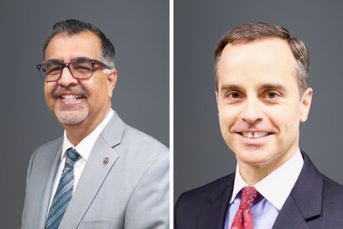Ebbing passive demand poses challenges for asset managers

As the lines between active and passive strategies blur, product teams will have a tougher time appeasing advisors, Cerulli says.
As the rapidly evolving financial landscape pushes financial advisors toward a balanced of active and passive funds, asset managers have to rationalize their shelves accordingly to stay relevant. according to Cerulli’s latest research on asset and wealth management in the Americas.
As Cerulli’s report highlights, one central point of debate in the industry involves future market share of passive assets. While there’s been notable shift from active management to more index-based approaches over the last 10 years, that trend appears to be losing steam.
A key contributor to the slowdown has been the recent trend of managers taking active management beyond traditional mutual funds, which is effectively blurring the lines between active and passive strategies.
The past few years have also seen more investment professionals taking the middle road, combining active and passive management to lower overall costs.
According to Cerulli, four-fifths (81 percent) of advisors see passive investments as a way to reduce portfolio expenses, while an almost equal portion (82 percent) say active management is better for certain asset classes.
“The focus on fees illustrates the need to pay attention to external factors as part of the product rationalization process,” Matt Apkarian, associate director at Cerulli, said in a statement, highlighting the critical role of fees and returns after fees for asset managers to ensure their passive offerings are competitive.
Meanwhile, three-quarters (74 percent) of advisors believe that a combination of active and passive investments can enhance a portfolio, demonstrating a strategic synergy between the two approaches.
More broadly, Apkarian reminded the teams in charge of rationalizing asset managers’ product shelfs to take a “more fact-based” approach, as vast lakes and streams of data allow them to make better forecasts about addressable markets, demand, asset-gathering potential, and other potentially make-or-break factors.
“Listening to distribution resources and intermediary partners should be an integral part of the product rationalization process, as they both have insights and an element of control over changing demand within the industry,” he added.
Index giant Vanguard making waves with private equity offerings
Learn more about reprints and licensing for this article.








